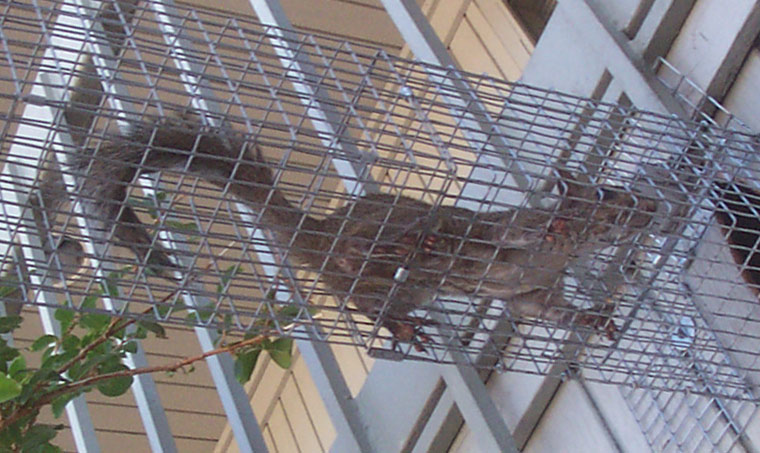-
info@aaanimalcontrol.com
Call us for help in your town
Humane Wildlife Education
Why do squirrels have tails?
Need squirrel removal in your hometown? We service over 500 USA locations! Click here to hire us in your town and check prices - updated for year 2020.
Squirrels have big, bushy tails, something the
cute and fluffy creature has been long since
associated with. When you see that bushy tail,
whether it be brown, grey or red, you instantly
know what kind of animal you’re dealing with,
although you know you won’t be looking at it for
long. They’re fast, can easily scamper up into
trees, and will be long gone by the time you’ve
had a chance to jump up. Of course, some of them
are more tame than that these days, allowing you
to hand feed them. We would not advise this,
irrespective of how cute they look. These are WILD
animals. They are not only dangerous and could
attack at any moment (although probably won’t),
but they also carry a number of diseases, many of
which could be deadly.

Because their talks are big and bushy, they make
for the perfect blanket, giving you one use.
Imagine being cold in the winter and having a
permanent “fur coat” to wrap around you. That’s
what the tail offers the squirrel - something to
wrap up in to keep warm.
The tail also offers some protection from the wind
and rain, although not an awful lot. And, finally,
the tail offers protection from the baking sun
too. The bushiness of it works for a great parasol
from the sun.
Not just to help keep the squirrel cool, warm or
dry, there are other uses to the tail. It is used
in balance, which is often the case for animals
with tails, and when the squirrel scampers up tree
branches and logs, or across tiny wires, the tail
is what helps them to keep that centre of gravity.
If they didn’t have that, they wouldn’t be half as
nimble or agile as they are. And trust us when we
tell you that these creatures are ridiculously
nimble and agile!
Lastly, the tail is used as a form of
communication to other squirrels, and also to
other animals. Snakes, for example, are well known
to prey on squirrels, and many of them do this
using an “ambush” attack. When the prey isn’t
looking, the predatory snake will pounce, killing
the creature before it even knows what is going
on. If a squirrel sees a snake, it will puff up
the tail, and move it around. Certain species will
also heat their tail up, depending on the kind of
snake they come up against. This is something that
only works with those snakes that have infrared /
heat sensors.
The squirrel will puff and heat up its tail in
this manner to alert the snake. Being ambush
predators, when the prey knows what’s going on,
things get a lot trickier. If they know they have
been rumbled, they will generally move along and
find another animal to cal their next victim.
Not just warding off predators, the squirrel tail
is also used to communicate with others of its own
kind. They’re really greedy animals, so they will
use their tails to ward off other squirrels that
are trying to steal their food. Or their woman. Or
their territory. Wagging tails are often a sign to
another squirrel that they should back away …
fast.
A wave or shiver of the tail is usually a mating
call, designed to entice females in to take a
closer look, but can also be a sign of distress or
alarm. Squirrels know what they mean obviously,
but we don't have a full tail-dictionary yet. We
don’t quite know what all the tail movements mean.
For more information, you may
want to click on one of these guides that I wrote:
How
much does squirrel removal cost? - get the
lowdown on prices.
How
to get rid of squirrels - my main squirrel
removal info guide.
Example
squirrel trapping photographs - get
do-it-yourself ideas.
Squirrel
job blog - learn from great examples of
squirrel jobs I've done.
squirrels in the
attic


















